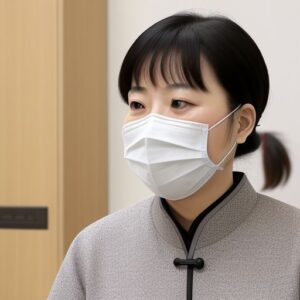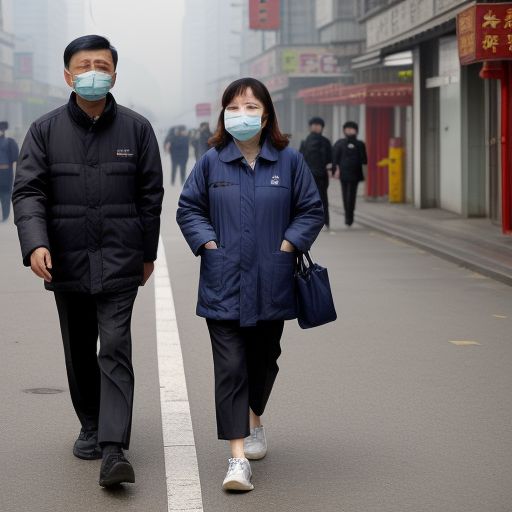Breathless in Beijing: Navigating the Unseen Challenges Behind China’s Respiratory Disease Spike
China’s Respiratory Disease Spike
In a city where dragon’s breath clouds are more than mythical, alarm bells are ringing louder than ever. I am talking about Beijing, China’s bustling capital, a city where respiratory illnesses are on the rise at a staggering rate, turning every breath into a gamble.
Have you ever wondered what lies beneath this alarming statistic?
Why has China become the epicenter of respiratory diseases? We owe it to ourselves to uncover these hidden realities and the factors that are nudging this spike.

A surge in respiratory diseases paints a scarily invisible pictureIt is important to understand that this affects not only the health of the individual but also the economy, communities, and future generations. Adopting a knowledgeable viewpoint regarding these invisible issues can provide vital information about preventative tactics, awareness raising techniques, and life-saving modifications.
While we read this story,
I would like you to take a moment to reflect. Who among your acquaintances might be affected by this crisis in silence? Have any of your loved ones ever experienced any of these respiratory conditions before? Addressing health risks this serious requires influencing participation and increasing awareness among the public.

China’s remarkable economic expansion in recent times has been tainted by industrial pollution, resulting in deteriorated air quality. Even though they are barely perceptible in the short term, the long-term effects are anything but subtle. The rise in respiratory conditions such as lung cancer, bronchitis, and asthma is one such outcome that suggests the price of this progress may be far higher than previously thought.
However, it’s not all doom and gloom. Science and technology advancements have shown a promising silver lining. Development of air purifiers, pollution control technologies, and preventive healthcare measures are promising steps toward healthier lives and clearer skies.

This raises a crucial query:
As global citizens, what can we do to influence change? The strength of information and group effort holds the key to the solution. Better lifestyle decisions, policy changes, and, most importantly, health protection can all be facilitated by having an in-depth knowledge of the risks posed by air pollution.
However, to what extent does an individual’s awareness of such a massive issue amount to? Quite a bit, in fact. People with knowledge have the power to significantly alter how communities respond to these health risks. All of us can benefit from better air quality and a better quality of life through our small actions.
Before we conclude, ponder upon your daily routine. Where do you stand on the spectrum of air pollution awareness? Are a few changes worth sparing yourself, your family, and future generations from the impending threats of respiratory diseases?
Conclusion
In conclusion, the hidden issues that are causing China’s rise in respiratory illnesses are numerous, mostly undetectable, and entwined with every aspect of our everyday existence. However, once we are aware of the situation and have the information we need, we can take actionable steps to improve the environment and our health.
And lastly, a request for action. We need to understand more about this problem for the sake of our planet and our health. The harmful effects of pollution and their link to respiratory illnesses are important topics for study, research, and education, especially when they coincide with economic growth at the expense of environmental sustainability.

Since knowledge is truly power. This is your moment to start making an informed difference. Make sure others can experience the joy of each breath. Learn. Examine. Inhale. Move. (China’s Respiratory Disease Spike)



